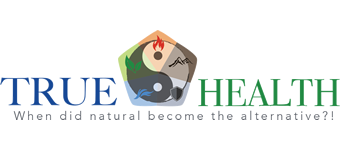Hawthorne – Crataegus
HAWTHORNE:
Consider with all cardiovascular issues and high blood pressure, congestive heart conditions, and angina. Use to prevent heart attack, or the return of chest pain. Attribute: Strengthens heart contraction and efficiency, vasodilator (relax veins), strengthens vessels and slows pulse rate. Organ Systems: Heart, Cardiovascular system
Historical observations: In 1901, The British Homeopathic Review wrote about a Dr. Green, from Ennis, Ireland: “For many years this Dr. had a reputation for the cure of heart disease that caused patients to flock to him from all parts of the United Kingdom. He cured most of them and amassed considerable wealth by means of his secret medicine.” (his secret medicine was Hawthorne leaves and berries)
Upon his death, his daughter revealed his “secret” and health practitioners all over Europe used hawthorn very successfully for heart ailments in the late 19th and 20th centuries. Its use reached the U.S. by 1896, but it reportedly diminished in popularity in the 1930s, when pharmaceuticals became popular with the claim it was more “scientific.”
This double blind study confirms the benefit of Hawthorne on blood pressure. The authors said, “be patient, healing takes time.” At four months, they found significant benefit over placebo. (1)
Herbalist Notes
Hawthorn has a marvellous folk-history as a heart remedy and restorative and modern studies fully bear out its traditional reputation. This is a fact, without increasing blood pressure or producing any other kind of strain, Hawthorn increases blood flow through the heart and strengthens the heart muscle.
Hawthorn can help:
- Angina
- Hardening of the arteries (arteriosclerosis)
- Plaque in the arteries (atherosclerosis)
- Enlarged heart from over-work
- Rapid heart beat
- Mild high blood pressure
- Risk of heart attack
- Intermittent claudication (painful legs from poor blood flow)
Thomas Bartram writes that the actions of Hawthorn include ‘positive heart restorative, coronary vasodilator, antispasmodic, antihypertensive, adaptogen, diuretic, sedative to nervous system, cholesterol and mineral solvent. Action lacks the toxic effects of digitalis; useful where digitalis is not tolerated’.
He suggests uses for it including ‘to increase blood flow through the heart, strengthens heart muscle without increasing the beat or raising blood pressure. Enhances exercise duration. Myocarditis with failing compensation. Improves circulation in coronary arteries. Arteriosclerosis, atheroma, thrombosis, rapid heart beat, fatty degeneration, angina, enlargement of the heart from over-work, over-exercise or mental tension, intermittent claudication, risk of infarction, long-term dizziness, mild to moderate hypertension, insomnia, used by sportspeople to sustain the heart under maximum effort.(2)
